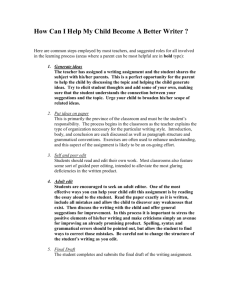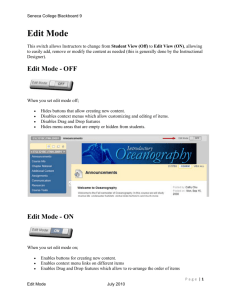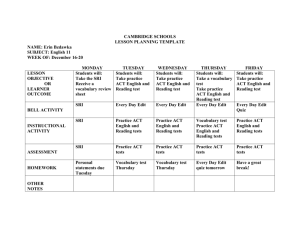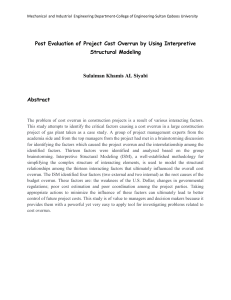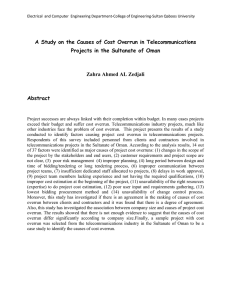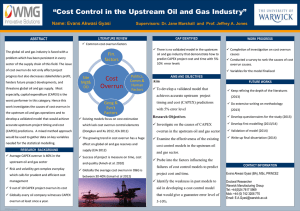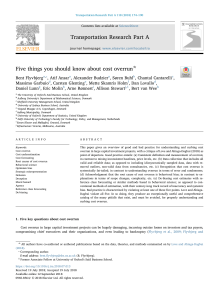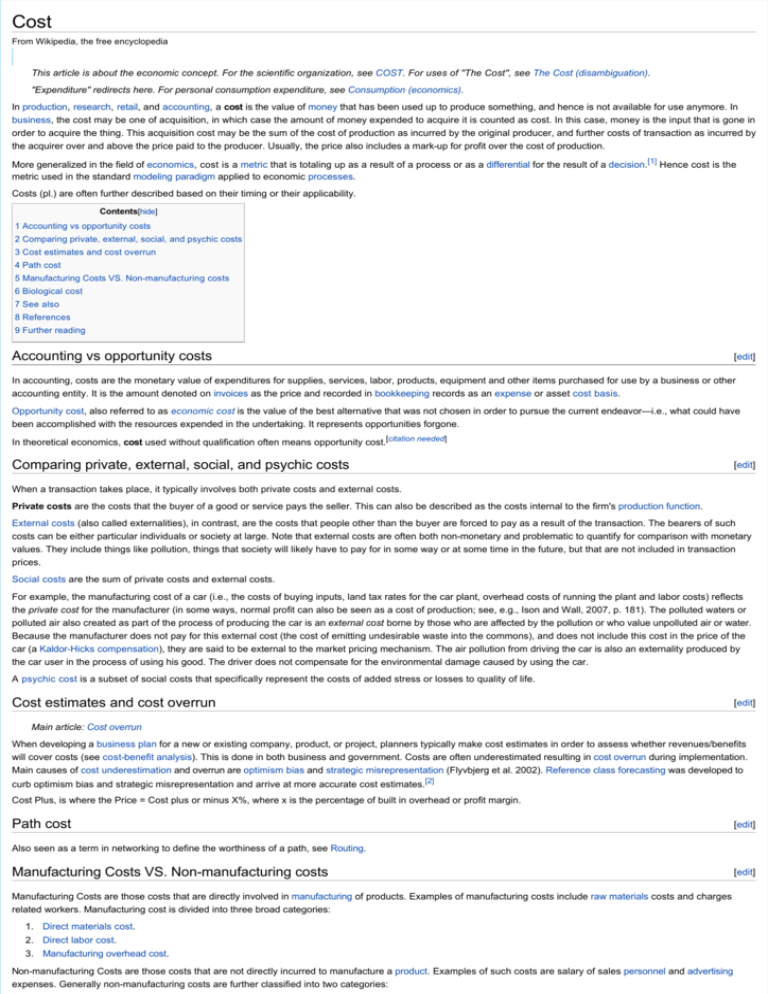
Cost From Wikipedia, the free encyclopedia
This article is about the economic concept. For the scientific organization, see COST. For uses of "The Cost", see The Cost (disambiguation). "Expenditure" redirects here. For personal consumption expenditure, see Consumption (economics). In production, research, retail, and accounting, a cost is the value of money that has been used up to produce something, and hence is not available for use anymore. In business, the cost may be one of acquisition, in which case the amount of money expended to acquire it is counted as cost. In this case, money is the input that is gone in order to acquire the thing. This acquisition cost may be the sum of the cost of production as incurred by the original producer, and further costs of transaction as incurred by the acquirer over and above the price paid to the producer. Usually, the price also includes a mark­up for profit over the cost of production. More generalized in the field of economics, cost is a metric that is totaling up as a result of a process or as a differential for the result of a decision. [1] Hence cost is the metric used in the standard modeling paradigm applied to economic processes. Costs (pl.) are often further described based on their timing or their applicability. Contents[hide] 1 Accounting vs opportunity costs 2 Comparing private, external, social, and psychic costs 3 Cost estimates and cost overrun 4 Path cost 5 Manufacturing Costs VS. Non­manufacturing costs 6 Biological cost 7 See also 8 References 9 Further reading Accounting vs opportunity costs [edit]
In accounting, costs are the monetary value of expenditures for supplies, services, labor, products, equipment and other items purchased for use by a business or other accounting entity. It is the amount denoted on invoices as the price and recorded in bookkeeping records as an expense or asset cost basis. Opportunity cost, also referred to as economic cost is the value of the best alternative that was not chosen in order to pursue the current endeavor—i.e., what could have been accomplished with the resources expended in the undertaking. It represents opportunities forgone. In theoretical economics, cost used without qualification often means opportunity cost.[citation needed]
Comparing private, external, social, and psychic costs [edit]
When a transaction takes place, it typically involves both private costs and external costs. Private costs are the costs that the buyer of a good or service pays the seller. This can also be described as the costs internal to the firm's production function. External costs (also called externalities), in contrast, are the costs that people other than the buyer are forced to pay as a result of the transaction. The bearers of such costs can be either particular individuals or society at large. Note that external costs are often both non­monetary and problematic to quantify for comparison with monetary values. They include things like pollution, things that society will likely have to pay for in some way or at some time in the future, but that are not included in transaction prices. Social costs are the sum of private costs and external costs. For example, the manufacturing cost of a car (i.e., the costs of buying inputs, land tax rates for the car plant, overhead costs of running the plant and labor costs) reflects the private cost for the manufacturer (in some ways, normal profit can also be seen as a cost of production; see, e.g., Ison and Wall, 2007, p. 181). The polluted waters or polluted air also created as part of the process of producing the car is an external cost borne by those who are affected by the pollution or who value unpolluted air or water. Because the manufacturer does not pay for this external cost (the cost of emitting undesirable waste into the commons), and does not include this cost in the price of the car (a Kaldor­Hicks compensation), they are said to be external to the market pricing mechanism. The air pollution from driving the car is also an externality produced by the car user in the process of using his good. The driver does not compensate for the environmental damage caused by using the car. A psychic cost is a subset of social costs that specifically represent the costs of added stress or losses to quality of life. Cost estimates and cost overrun [edit]
Main article: Cost overrun When developing a business plan for a new or existing company, product, or project, planners typically make cost estimates in order to assess whether revenues/benefits will cover costs (see cost­benefit analysis). This is done in both business and government. Costs are often underestimated resulting in cost overrun during implementation. Main causes of cost underestimation and overrun are optimism bias and strategic misrepresentation (Flyvbjerg et al. 2002). Reference class forecasting was developed to curb optimism bias and strategic misrepresentation and arrive at more accurate cost estimates.[2] Cost Plus, is where the Price = Cost plus or minus X%, where x is the percentage of built in overhead or profit margin. Path cost [edit]
Also seen as a term in networking to define the worthiness of a path, see Routing. Manufacturing Costs VS. Non­manufacturing costs [edit]
Manufacturing Costs are those costs that are directly involved in manufacturing of products. Examples of manufacturing costs include raw materials costs and charges related workers. Manufacturing cost is divided into three broad categories: 1. Direct materials cost. 2. Direct labor cost. 3. Manufacturing overhead cost. Non­manufacturing Costs are those costs that are not directly incurred to manufacture a product. Examples of such costs are salary of sales personnel and advertising expenses. Generally non­manufacturing costs are further classified into two categories: 1. Marketing and Selling Costs. 2. Administrative Costs. Biological cost [edit]
In biology, the biological cost or metabolic price is a measure of the increased energy metabolism that is required to achieve a function. Drug resistance in microbiology, for instance, has a very high metabolic price,[3] especially for antibiotic resistance [4] See also [edit]
average cost historical cost private costs accounting costs incremental costs production, costs, and pricing Cost accounting life cycle costs psychic costs cost­benefit analysis list of economics topics repugnancy costs Cost curve list of accounting topics semi variable costs Cost overrun marginal cost social costs Expense opportunity costs sunk costs Externality parametric estimating total cost fixed costs price transaction costs variable costs References 1.
2.
3.
4.
[edit]
^ Sullivan, arthur; Steven M. Sheffrin (2003). Economics: Principles in action . Upper Saddle River, New Jersey 07458: Pearson Prentice Hall. pp. 16. ISBN 0­13­063085­3. ^ Flyvbjerg, B., 2008, "Curbing Optimism Bias and Strategic Misrepresentation in Planning: Reference Class Forecasting in Practice." European Planning Studies, vol. 16, no. 1, January, pp. 3­21. ^ The biological cost of antimicrobial resistance Stephen H. Gillespie*, and Timothy D. McHugh ^ Wichelhaus TA, Böddinghaus B, Besier S, Schäfer V, Brade V, Ludwig A (2002). "Biological cost of rifampin resistance from the perspective of Staphylococcus aureus". Antimicrob. Agents Chemother. 46 (11): 3381–5. doi:10.1128/AAC.46.11.3381­3385.2002 . PMC 128759 . PMID 12384339 . Further reading [edit]
William Baumol (1968), Entrepreneurship in Economic Theory. American Economic Review, Papers and Proceedings. Bent Flyvbjerg, Mette K. Skamris Holm, and Søren L. Buhl (2002), "Underestimating Costs in Public Works Projects: Error or Lie?" Journal of the American Planning Association, vol. 68, no. 3, 279­295. Stephen Ison and Stuart Wall (2007), Economics, 4th Edition, Harlow, England; New York: FT Prentice Hall. Israel Kirzner (1979), Perception, Opportunity and Profit, Chicago: University of Chicago Press. Rate this page View page ratings
Wikimedia Commons has media related to: Costs
What's this?
Trustworthy Objective Complete Look up cost or time­
consuming in Wiktionary, the free dictionary.
Well­written c I am highly knowledgeable about this topic (optional)
d
e
f
g
Submit ratings Categories: Costs | Generally Accepted Accounting Principles

